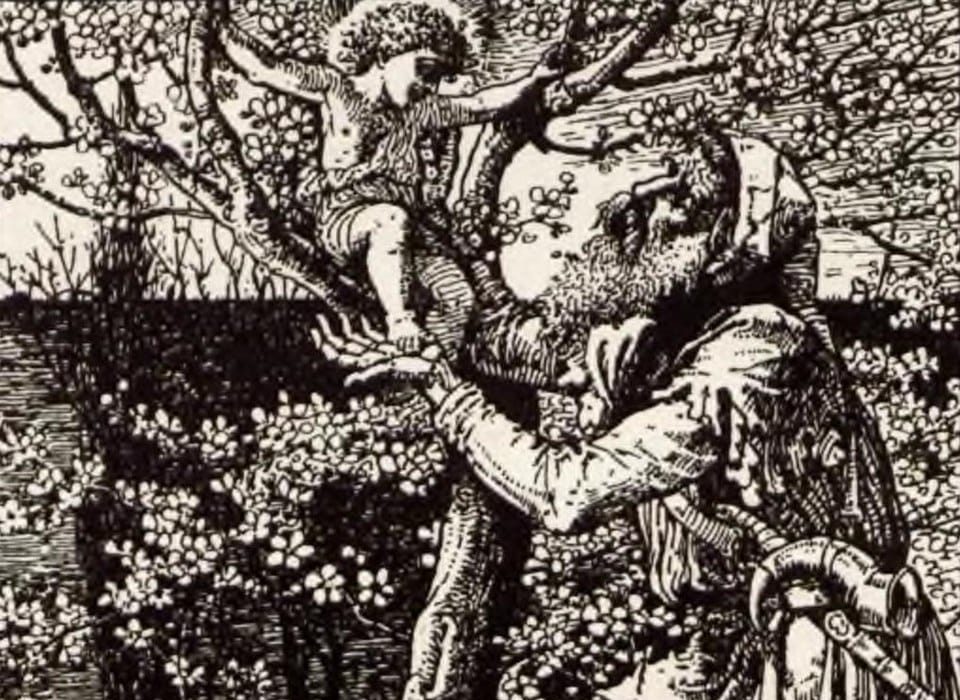In this post, we are going to analyze “Sing Me a Song of a Lad that is Gone.” This is a poem by Robert Louis Stevenson that plays into the idea of innocence lost. In perhaps the author’s most famous novel, Treasure Island, a loss of innocence plays a crucial role in the adventure. Moreover, the poem addresses reflecting on aging.
Poem
The poem is six stanzas long, and in the first two stanzas, Stevenson writes about his lost youth. He writes, “Sing me a song of a lad that is gone, / Say, could that lad be I? Merry of soul he sailed on day / Over the sea to Skye” (Stevenson). What this means is that the writer ponders the young man of his youth as he daydreams about his previous adventures and he also realizes that the young man he dreams of is in fact he himself.
In stanza two, Stevenson specifically draws out his examples by stating, “Glory of youth glowed in his soul; / Where is that glory now?” In other words, his glory days are behind him and so he thinks of his youth–of the boy he once was so long ago. This reflection is iconic in that many people have felt this very feeling. We are often beholden to our former selves forever.
Stanza three repeats stanza one’s initial refrain. Stanza four further demonstrates this meaning when he writes, “Give me again all that was there, / Give me the sun that shone!” Again, he means to look back on his glorious days of life and pines for those days once more. “Give me the eyes, give me the soul,” he laments, but those days are gone.
The last two stanzas again repeat (stanza five), and then address more of the author’s youthful vigor. “All that was good, all that was fair, / All that was me is gone” ends the poem. This is a sorrowful note, because now we understand that the author is not simply looking back in recognition, but is looking back in pain and anguish for a lost youth.
Analysis
Stevenson’s poem addresses something we think of often in life: youth wasted. We cannot cherish it the way we cherish it in hindsight. As older people, we can only look back and sigh, while when we are young we live in the moment and care not for our futures. It is easy to do when we are young. The future is uncertain and ahead of us. It is only when we get there that we realize what we had. For many, we shun our future comforts for the wild nights of our youth.
Such an idea would explain why the author doesn’t recognize himself from his memories. “Say, could that lad be I?” tells us that upon reflection, the boy in his head is not even close to the man he turned out to be. Additionally, the last two lines, “All that was good…” tell us that he has changed from something of purity–of light–into something different, perhaps worse, but perhaps more despondent and less pure.
Conclusion
In Treasure Island, we will see Jim Hawkins go from a young naive boy who only knows of his existence in the Admiral Benbow Inn to a steadfast and loyal companion the ship’s crew and captain. Likewise, Hawkins endures some realizations about people’s character that are difficult to comprehend, such as Long John Silver’s facelessness. The innocence lost in the poem compares to how Jim might see himself in hindsight. He is somebody who responsibility holds tightly.
Stevenson, an excellent poet in his own right, creates a fascinating look into aging and reflection with this poem.





Leave a comment